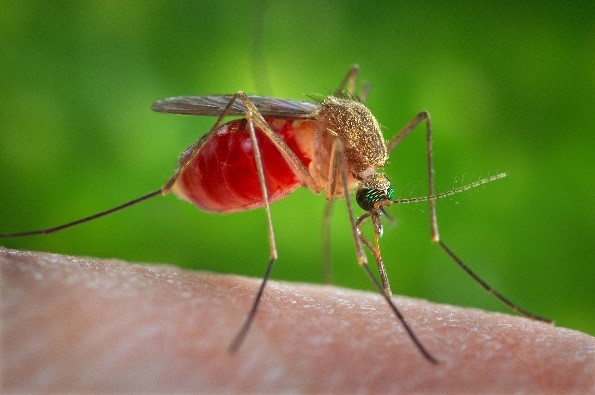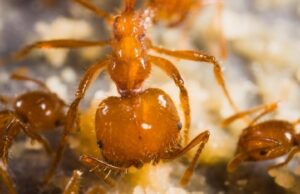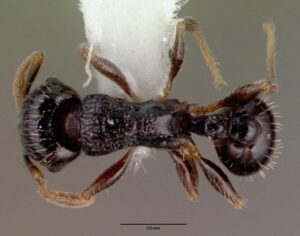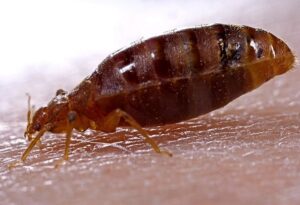Anopheles Mosquito (Potential Malaria Vector)stephensi and A. culicifacies
General Description

Eggs. |

Larvae |

Pupa |

Adult |
Life Cycle and Common Characteristics

Lide cycle usually takes 10–14 days for an egg
to develop into an adult mosquito.
- Adult, female mosquitoes lay individual eggs one at a time directly on or near water bodies.
- The eggs float on the surface of the water.
- Females lay 50–200 eggs at a time.
- Egg resembles a boat in its shape (elongated and oval). It is wide in the middle and somewhat pointed at the ends.
- They are almost transparent when first laid, but gradually darken to brown or black as they
- Eggs do not tolerate drying out.
- Larvae hatch from eggs, and normally feed at the surface of the water.
- Larvae breathe air from special organs (spiracles) at the posterior end of the body, generally through a structure termed a They hang below the water surface with the tip of the siphon exposed to the air. Anopheles, whose larvae do not have a siphon or breathing tube lay parallel to the surface of the water to breathe.
- Larvae molt four times during this stage before becoming pupae.
- During favorable conditions, Anopheles species may complete larval development in 7-10 days
- Pupae live in water and do not eat during this stage.
- The pupa breathes through a pair of tube-like organs located in the ‘head’ end of the comma-shaped body.
- The duration of the pupal stage is generally of 2-3 days.
- Adults emerge from a pupa and fly away.
- Length of the adult is 5 mm.
- The adult female selects an appropriate larval habitat when she is ready to deposit
- Adult female mosquitoes bite people and animals in the evening and early morning.
- Female mosquitoes need blood to produce eggs.
- Adult females prefer to feed on people or animals (cattle).
- Some males fly in large swarms, usually around dusk, and the females fly in the swarms to mate.
- After blood feeding, the female rest for a few days while the blood digests and the eggs develop.
- After the eggs develop, the female lays them in the water sources.
- Adults generally don’t fly more than 2 km from their larval habitats.
- Adults are attracted to dark, sheltered areas for resting during the daytime.
Damage and Medical Implications
1- Malaria:
Malaria disease, which is still responsible for a great deal of illness, disability, and even premature death among human beings, is transmitted by female mosquitoes of the genus Anopheles. Malaria is caused by a primary parasite of the genus Plasmodium, of which there are four species that cause four closely related diseases, all of which are called malaria. All types of this disease include certain cases of shiver and chills, then a fever followed by periods without shivering. Please note that UAE was certified by the WHO to be free of malaria transmission in 2007.
2- Meningitis Encephalitis
This disease is caused by a virus that is transmitted to animals by females of the genus Anopheles, and the disease is more common in horses, and birds act as carriers of the disease.




